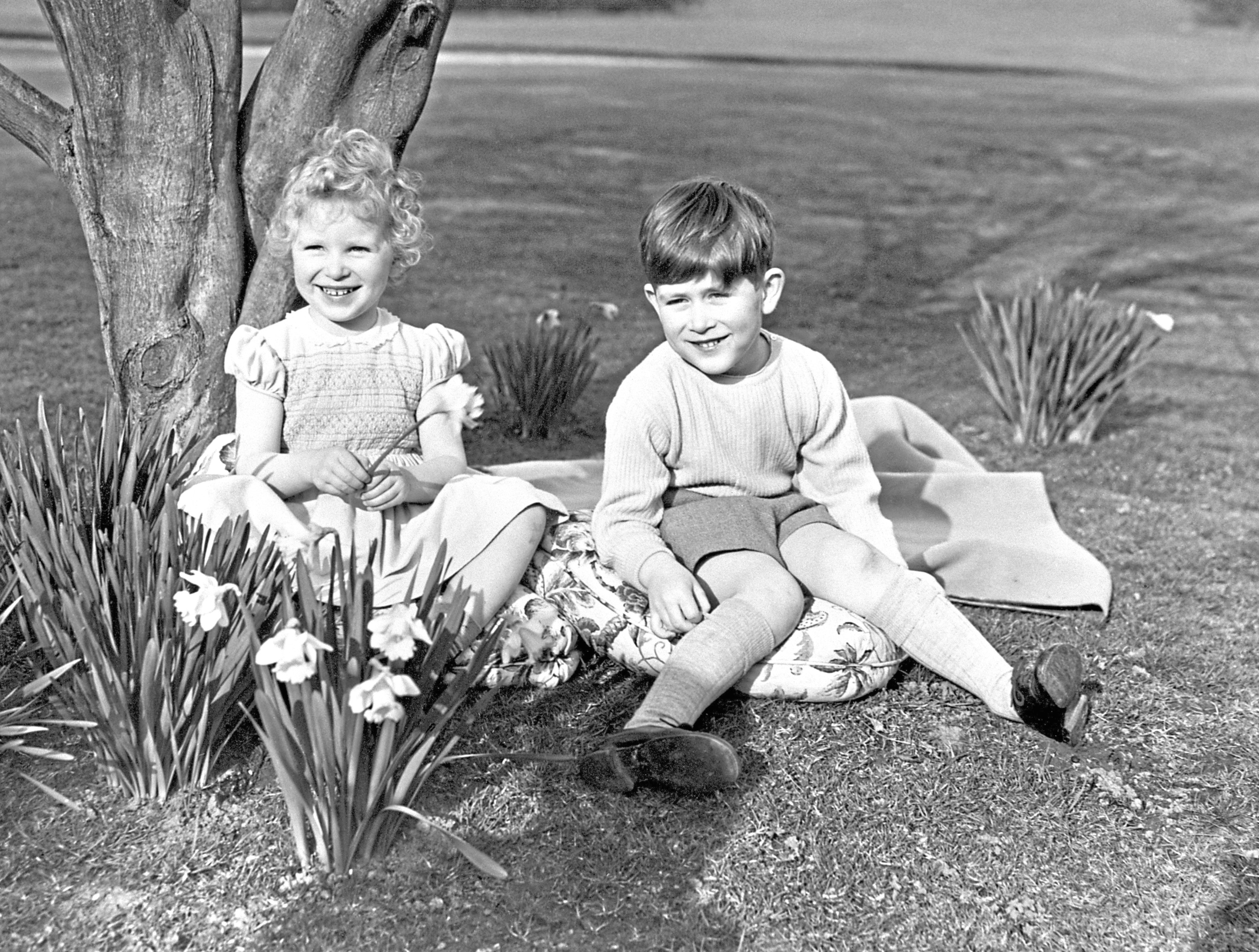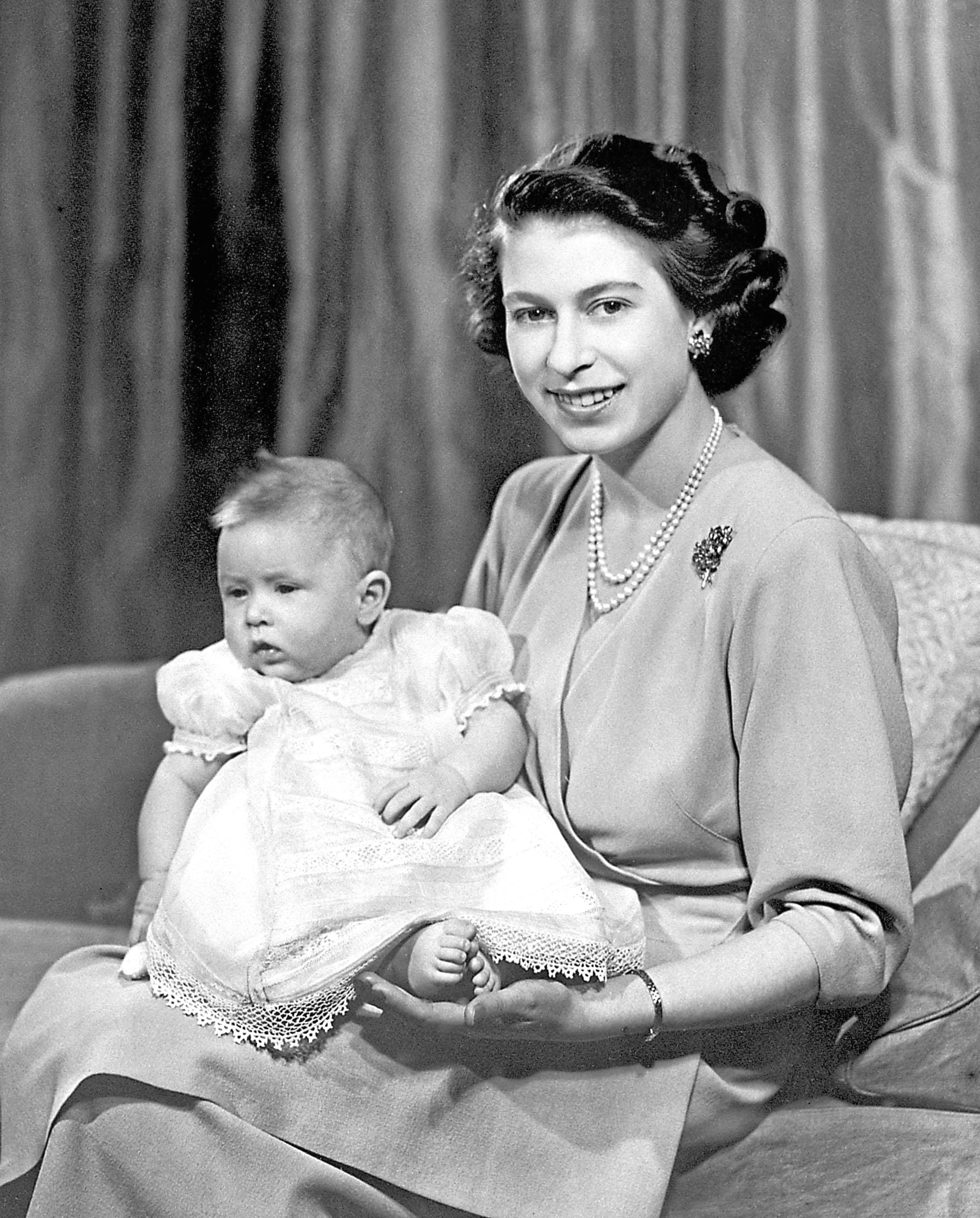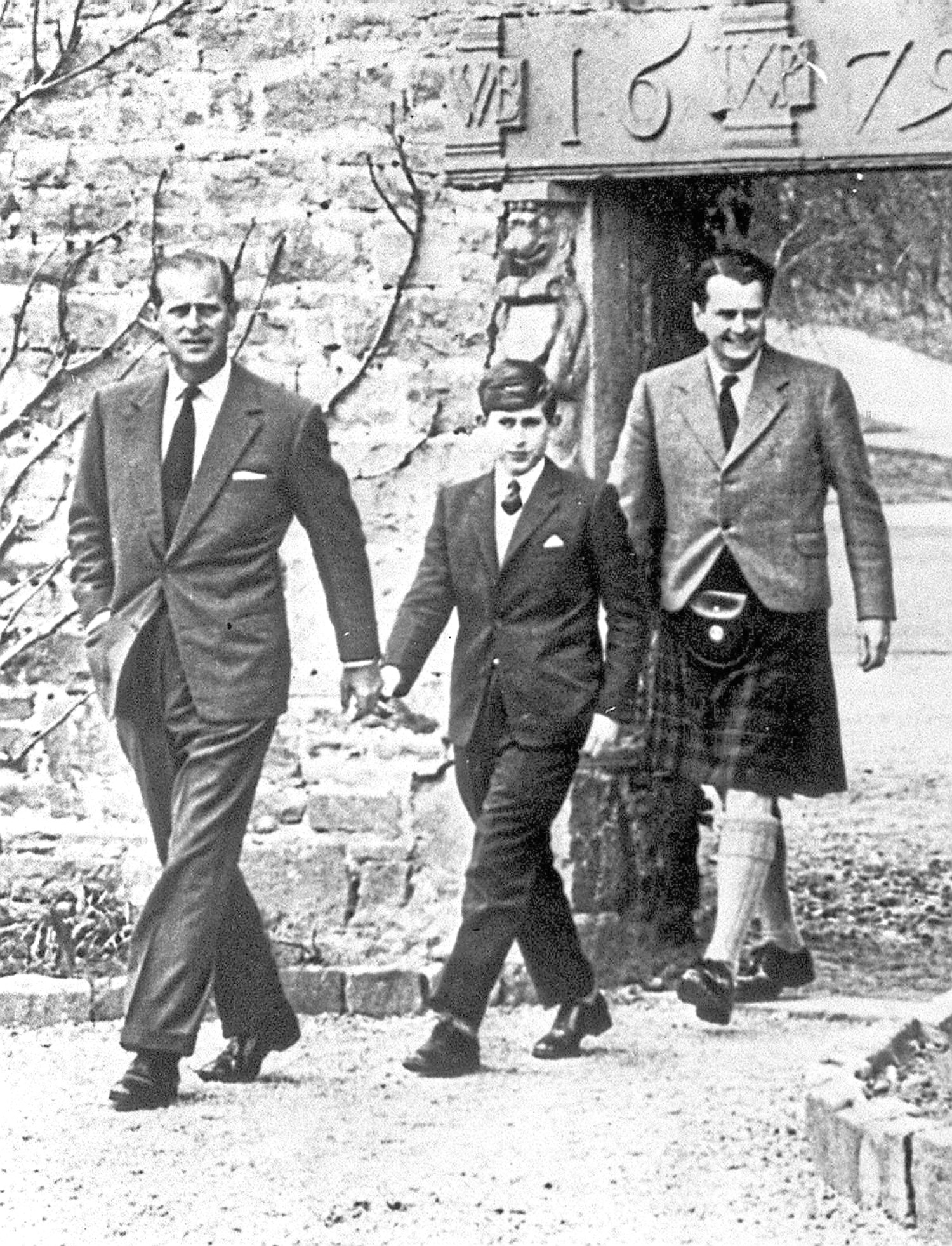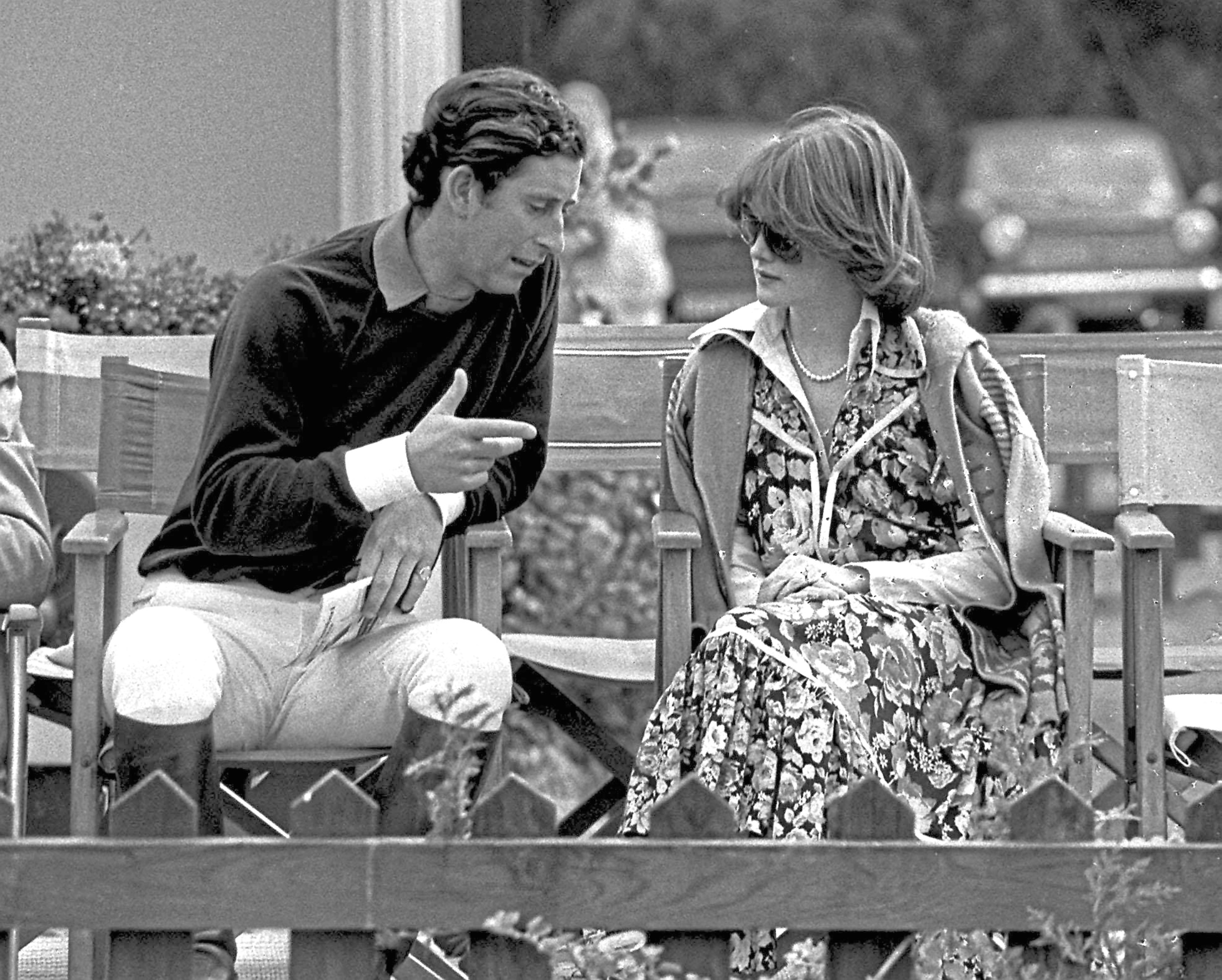
PRINCE CHARLES will have plenty to look back on with joy as he turns 70 today – even if the biggest moment in his life is yet to arrive.
At that age, of course, he has spent an awful long time waiting for the day he becomes King, and his mother shows every sign of remaining on the throne for many years to come.
Charles, however, still has a ton of special memories, will be surrounded by family and friends, and can truly say he’s had a unique life.
It was almost exactly a year after his parents married that Charles Philip Arthur George was born, on November 14 1948, to be precise.
His mother was just 22, still Princess Elizabeth, and his father was 27 – the Duke of Edinburgh had forfeited all his other titles, and the King would have to issue a letters patent that allowed Charles to take a Prince title.
Not that any of this would have meant anything to the young Charles, who was born at Buckingham Palace and baptised in its Music Room by Geoffrey Fisher, Archbishop of Canterbury in mid-December.
The parents of today’s young royals wouldn’t dream of leaving little George or Charlotte by themselves, and modern-day royal toddlers will be expected to speak about their feelings and demand plenty of affection and company.
In Charles’ early days, and with a full two years until his first sibling, Anne, came along, it was a very different story.
If you ever snigger when some cynic pokes fun at Charles for his supposed ability to talk to plants and flowers, just bear in mind that they were all he had to talk to as a tiny tot.
He appeared on a TV gardening show not so long ago, and revealed that his love of all things garden began at Royal Lodge, the amazing garden that belonged to his grandmother, the Queen Mother.
The stunning grounds at Windsor still inspire him, and he admitted: “It was where I spent a lot of my childhood. I remember being absolutely riveted as a child, wandering about in little paths and looking at all the plants.”
Along with Anne, the young Charles would often tend to their own little plot, and they grew their own vegetables there.
Indeed, even today, Charles says one of his biggest fears is that all manner of horrible insects come into the UK from abroad and damage his favourite gardens and plants.
As time went on, of course, Charles got to grips with more serious problems than loneliness.
A governess, Catherine Peebles, had been in charge of his early education from age five to eight, and, in 1955, it was announced that he would attend school, rather than have a private tutor.
This made him the first heir apparent ever educated that way, and he was thrown into it without any mention of preferential treatment.
Hill House School in West London had Stuart Townend as its head at that time, and it was he who recommended to the Queen to have Charles do football training.
There, he told her, not even future monarchs were spared or given special treatment, and she agreed this might be good for the boy.
Later, he would also go to Berkshire’s Cheam Preparatory School and Gordonstoun in the north-east of Scotland, both former schools of his father.
He is said to have described the latter as “Colditz in kilts” but Charles has also admitted that life there taught him “a great deal about myself and my own abilities and disabilities”.
Charles would also claim, later, that the tough life at Gordonstoun has been very exaggerated, but there is no doubt that his parents were keen to have him as tough as possible and not too pampered.
He also spent a considerable amount of time at a school in Australia, and when he came back to Scotland, he became Gordonstoun Head Boy, as the Duke of Edinburgh had done.
Charles got plenty of O-levels and A-levels.
However, he went directly to university rather than straight into the Armed Forces – another break with royal traditions.
A clever man, he read anthropology, archaeology and history at Trinity College, Cambridge, and also studied Welsh history and language at Aberystwyth’s University College of Wales.
If you’re going to be Prince of Wales, after all, such things are a prerequisite.
He was made Prince of Wales in 1958, though his investiture didn’t happen until 1969.
Crowned by his mother in a magnificent ceremony at Caernarfon Castle, he then took his seat in the House of Lords in 1970, making a maiden debate speech four years later.
This was yet another historical moment, making him the first royal to speak in the Lords since another Prince of Wales – later Edward VII, his great-great- grandfather.
It was in the mid to late 70s that Charles began taking on more public duties, and he founded The Prince’s Trust in 1976.
He was most keen to become Governor-General of Australia when Aussie Prime Minister Malcolm Fraser suggested it, but a lack of real public enthusiasm saw the idea come to nothing.
You could really feel the frustration and disappointment when he asked: “So what are you supposed to think when you are prepared to do something to help and you are just told you’re not wanted?”
As probably the world’s most eligible gentleman, however, there were other things to take his mind off such setbacks.
Charles in his youth would become famed for his girlfriends, some of whom were famous before they met him.
There was Lady Jane Wellesley, daughter of the eighth Duke of Wellington, and even Lady Sarah Spencer, sister of the woman who’d become his first wife.
Later Sarah McCorquodale, she would quip: “I’m Cupid, I introduced them.”
Although Sarah seems to have coped with it all, Lady Jane was different and said to have struggled with all the attention she received.
Charles also saw Georgiana Russell, daughter of Britain’s Ambassador to Spain and, of course, Camilla Shand, who would much later become his second wife.
Lord Mountbatten, uncle of the Duke of Edinburgh, had told Charles to sow his wild oats while young, and later corresponded with him about a potential marriage to his granddaughter, Amanda Knatchbull.
By the time, years later, that Charles is said to have proposed to her, she had lost Mountbatten and others to the IRA attack and wished to avoid becoming a member of the royal family.
The year 1977 saw even stronger rumours about Charles’ love life than usual.
It was reported that the prince was getting engaged to Princess Marie-Astrid of Luxembourg.
It was all a terrible mistake, but another sign of the pressure on him to tie the knot.
That same year, he had met Lady Diana Spencer while paying a visit to her Althorp home.
The story goes that, a few years later, they were sitting on a hay bale at a barbecue and Charles mentioned Mountbatten’s death.
Diana had felt that he looked sad and needed care during his great-uncle’s funeral.
Apparently this caring attitude sparked the thought in Charles that Diana could be a potential wife.
Others have said that she seemed in awe of Charles, while he seemed less than head over heels in love, but we’ll never know what their true feelings were in those early days.
A whole new chapter was about to begin for him – and her.

Enjoy the convenience of having The Sunday Post delivered as a digital ePaper straight to your smartphone, tablet or computer.
Subscribe for only £5.49 a month and enjoy all the benefits of the printed paper as a digital replica.
Subscribe


